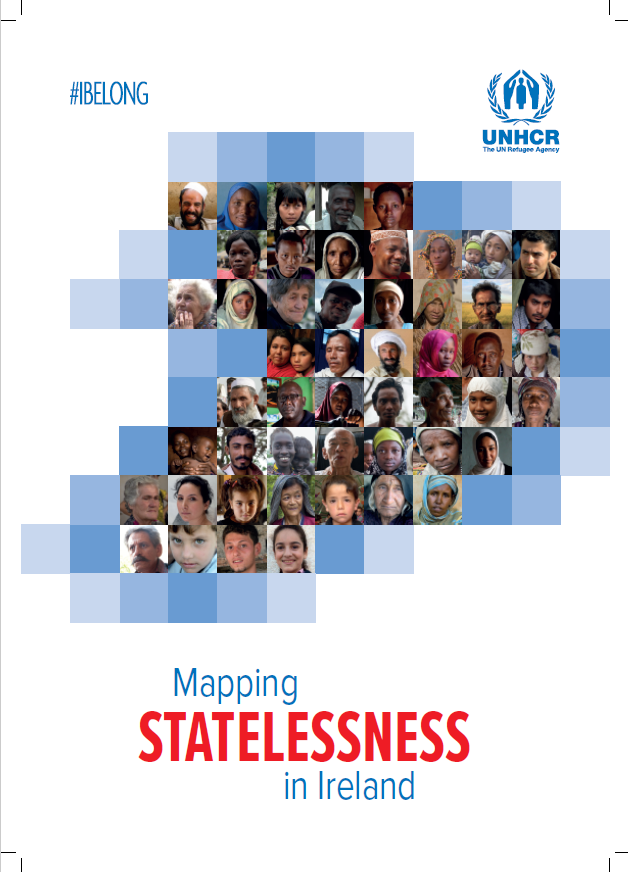UNHCR first produced a scoping paper on statelessness in Ireland in 2014. This report seeks to update that scoping paper and provide a better understanding of statelessness in Ireland. It examines the impact of current legislation, policy, and practice, where available, on stateless persons and makes recommendations for improvement. The 1954 Convention on the Status of Stateless Persons (the 1954 Convention) defines a stateless person as “a person who is not considered as a national by any State under the operation of its law.” The consequences of being stateless are serious with stateless persons often denied fundamental rights in many aspects of their life which results in marginalization, causing them significant social and economic hardship.
Ireland acceded to the 1954 Convention in 1962 and to the 1961 Convention on the Reduction of Statelessness (the 1961 Convention) in January 1973. Despite Ireland being a state party to both statelessness conventions, the issue has received little attention at the national level. There is no definition of ‘stateless persons’ within Irish law nor is there a statelessness determination procedure to identify stateless persons in Ireland. This lack of a formal system of identification and determination for stateless persons means they are invisible in practice and unable to effectively assert their rights under the 1954 Convention. Their invisibility is compounded by the lack of qualitative and quantitative data on stateless persons. This research demonstrates that the small number of stateless persons residing in Ireland may face many difficulties in engaging with the authorities and can be left without a legal solution to their status for years.


